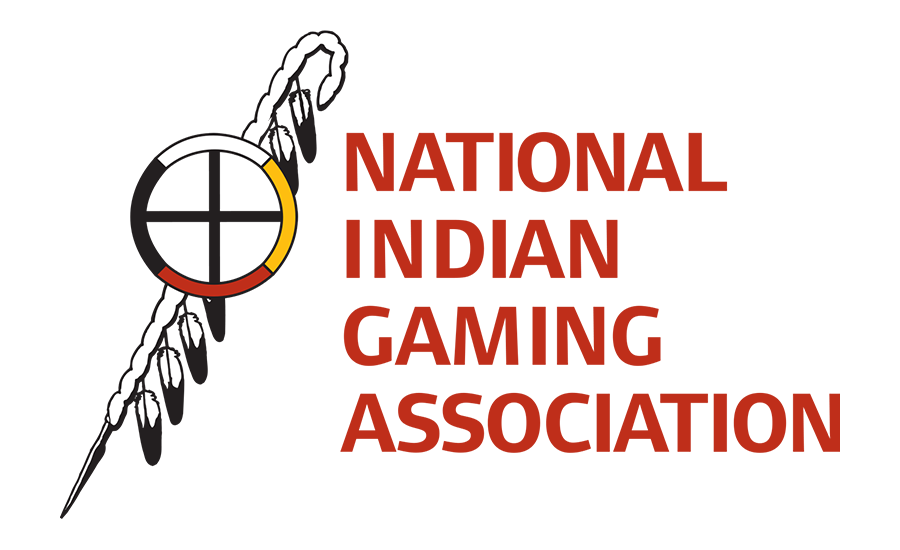When the dust settles post-COVID-19, the ground we occupy will be reshaped in ways that we are only beginning to understand.

For one thing, it’s probably a safe bet that people will be slow to get on airplanes to see PowerPoint presentations any longer as there are so many on the Internet. And the more people seek out answers online the more they will find there. For example, like all other presenters of live events this year, Casino Journal announced last month that we’ll be moving our fall conferences, Casino Marketing & Technology and Cutting Edge Table Games from live to virtual in November. Full details can be found at www.casniomarketingconf.com and www.tablegamesconf.com.
Meanwhile, one among many important new sources of content on things gaming-related is the weekly New Normal series presented by Victor Rocha of Pechanga.net in partnership with the National Indian Gaming Association. This is the first-ever casino reopening phase in the midst of a pandemic, so basic information-sharing is essential—who is doing what and how is it working? No one can claim to have the stone tablets because we are in an evolving situation that is filled with imponderables.
By way of example, here are some snippets from a New Normal episode last month on health and safety, a portion of which focused on testing and tracing. Eddie Ilko, safety manager, Sycuan Casino Resort and chairman of the National Indian Gaming Safety and Security Association, noted that intra-departmental cooperation between surveillance and HR is hugely important. “What happens usually is someone will call in sick, and we had a whole training program that they signed off on with HR where we told them what questions were going to be asked of them,” said Ilko. “We have six questions about their health; fever, chills, cough, etc. If they answer yes they go through another protocol with HR and, in order to come back to the casino, they have to test negative twice.”
Tracing takes a lot of time away from what your regular business would be, Ilko said. It takes a lot of time for surveillance to track someone and assess the impact of where they have been and how much time they spent there. It’s not just about speaking to a person with a mask three feet away from them, it’s about the length of exposure to that person. You have to verify the duration of the conversation as well, as per the guidance is from the CDC.
Jason Giles, NIGA’s executive director, noted that the Association has received a lot of reports that employees did not like being tested every day. “We had some casinos that said, ok, we’ll do it every 48 to 72 hours and, sure enough, some folks got sick. How is Sycuan handling that?”
“At this point, it’s voluntary,” said Ilko. “We opened up a Sycuan Square convenience store last year and in concert with the local health authorities set up testing there for team members. You just go on our website, choose a time to go—and it’s free.”
When talking to tribes, all of them have tracking and tracing protocols in place, said Andrew Hofstetter, tribal government affairs, Bluebird CPAs. Pokagon has a certification program offered by Johns Hopkins University that’s free if you’re going to get involved with tracing and tracking. One class addresses what is tracing, what are the steps, what is the protocol that you should follow to maintain a safe environment. And the second class is more advanced, where you’re testing what you just checked for safety and soundness. That class is much harder. This is available to all tribes.
Hofstetter was asked about using players club data for testing and tracing. “When you think of a players club, you think of points and personal information,” he said. “One tribe had added new categories where you can put tracing in there and that can all be tracked on a database and also an app that goes to management’s phones.”
Speaking of apps, a variety of tribes are encouraging people to make apps for themselves for tracking, maintaining temperatures, records and statistics. Looking at Seneca Gaming, Hofstetter was very impressed at their use of statistics and apps. Not only on a tribal, community and state level but on a federal level as well.
“They track through different spreadsheets and apps, what happens in America that may be violent, such as different protests going on,” said Hofstetter. “That all factors in with COVID-19 as different elements that warrant a shutdown if they are in the immediate area. They have already established protocols if they have to close again and what would trigger that. The program that impressed me the most is an app for their staff that they can watch with their computer, phone or tablet showing them the latest informational updates, or how to clean properly and employees have to complete these videos and sign off on them before they can work.”